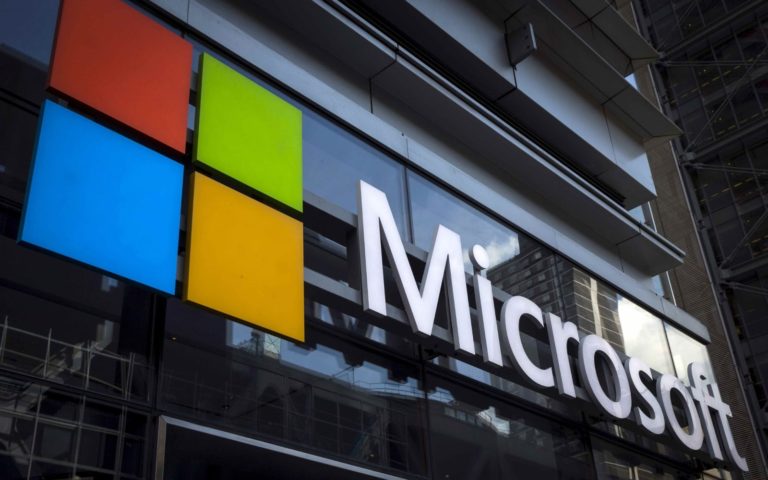Over the past couple of years, we have witnessed some of the notorious hacks and data breaches. While organisations across the world are working day in and out to strengthen their cybersecurity infrastructure, it is also imperative for people to take up significant security measures to stay safe from cyber-attacks.
According to a source, an analysis by the UK’s National Cyber Security Centre (NCSC) found that “123456” was the most widely-used password on breached accounts. This simple password appeared in over 23 million passwords. That is not all, the second-most popular string is “123456789”, while others in the top five included “qwerty”, “password” and “1111111”.
As 2nd May is observed as World Password Day, what could be a better opportunity to be diligent about revamping passwords.
“Times have changed, especially in the digital world – years ago, consumers did not store nearly as much personal data on the internet. However, today, our most sensitive details live behind online password protection – from our financials to our official documentation, personal photos and more. This means consumer behaviour around passwords must evolve, in order to prevent cybercriminals from accessing vital information,” said Gary Davis, Chief Consumer Security Evangelist, McAfee.
Here are a few tips by Gary Davis, to keep in mind when it comes to maintaining password hygiene:
- See if your passwords are exposed: Go to a site such as haveibeenpwned.com to see if your password(s) have been compromised in a breach and are generally available to bad actors. If they are exposed, change them wherever they are used.
- Do not use common passwords and do not use simple personal details within your passwords: Basic personal info such as your birthday, family members’ names or pets’ names is easily guessable. The same applies to common passwords such as “password” or “qwerty.” The less obvious and more obscure, the better.
- Layer up your passwords: Passwords should always contain a variety of capital and lowercase letters, numbers and symbols. Today, many systems enforce password requirements during the account set-up process, to ensure password strength.
- Choose unique passwords across all of your accounts: Many consumers utilize the same password, or variations of it, across all of their accounts. This means if a hacker discovers just one password, all personal info is suddenly at risk. Therefore, it is crucial to diversify your passcodes to ensure hackers cannot obtain access to all of your accounts at once, should one password be somehow compromised.
- Use a password manager: Using a password manager will dramatically simplify managing passwords across all your accounts and make it easy to quickly change a password if your service provider announces that they have been breached. With password managers, you’ll only need to remember one master password, in order to access the rest. Many password managers can also generate strong passwords to utilize when creating new logins.
- Enable two- or multi-factor authentication: Two- or multi-factor authentication provides an extra layer of security, as it requires multiple forms of verification. This reduces the risk of successful impersonation by hackers.

















































































